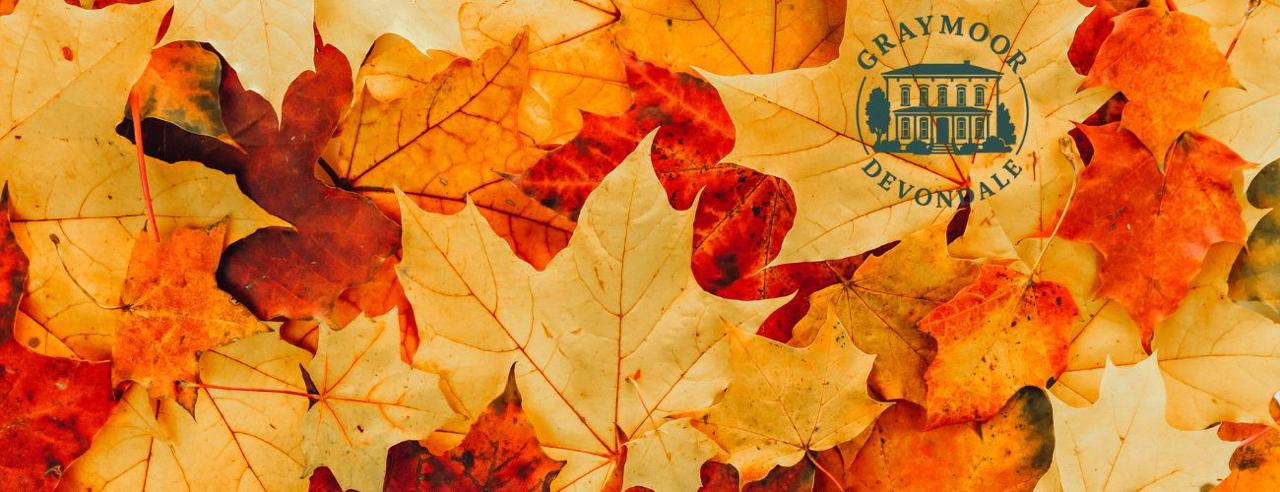With fall settling in, the leaves are starting to drop—and they’ll keep coming. Every year, news stories pop up about the benefits of leaving leaves where they fall. While that might work in wooded areas or private gardens, it doesn’t work in a city setting.
Why Clearing Leaves Matters
Here, leaves that aren’t raked or mulched end up clogging storm drains and ditches. When water can’t flow properly, it backs up, freezes, and damages sidewalks and streets. It also creates slick spots on the road that can be dangerous for drivers and pedestrians. Clearing leaves helps protect our infrastructure and keeps things safer for everyone.
Leaves Don’t Respect Property Lines
We also know that not all the leaves in your yard come from your own trees. Wind doesn’t care about property lines, and it’s not always fair. Leaves from neighboring trees often blow across yards and settle in places where they cause problems. Some trees even hold onto their leaves well into winter—sometimes almost to spring. We ask that residents do what they can, especially keeping an eye on storm grates and roadside ditches.
Tree & Brush Trimming
Fall is also a good time to trim back low-hanging limbs and brush. The standard clearance is 12 to 14 feet above streets and 8 feet above sidewalks. Brush and branches should be cut back a few feet from the street and at least one foot from the sidewalk.
If we get freezing rain—as we have in recent years—low-hanging limbs can become heavy with ice and block traffic or make sidewalks unsafe. Trimming now helps prevent those issues later.
Be a Good Neighbor
Let’s all be good neighbors. A little effort now goes a long way toward keeping our streets clean, safe, and walkable through the winter months.
And as always, if you are unable to do these tasks, please ask a friend, a neighbor for assistance. You can also contact City Hall, we may know of a group locally that will assist.



